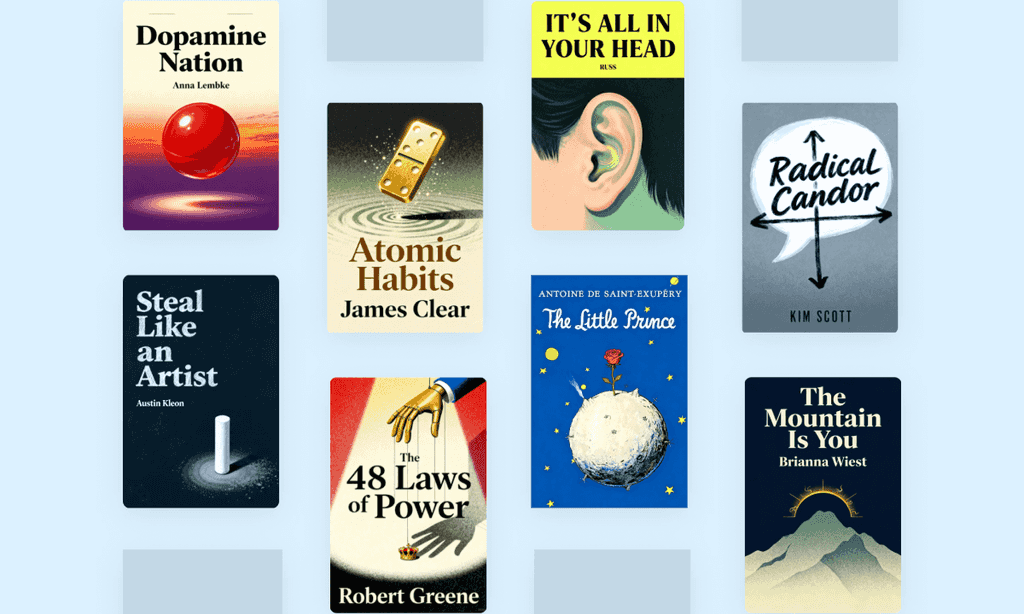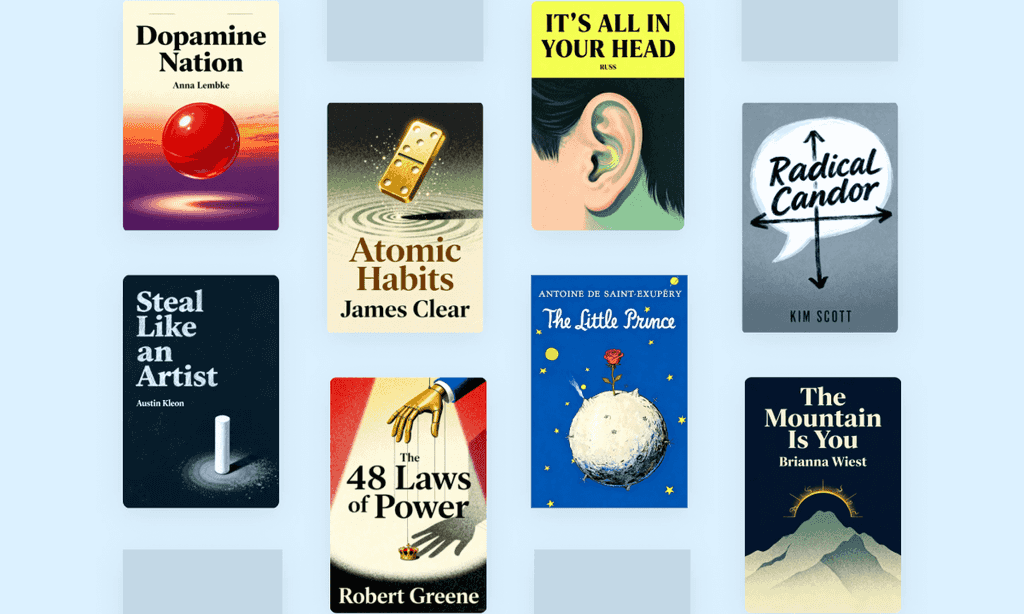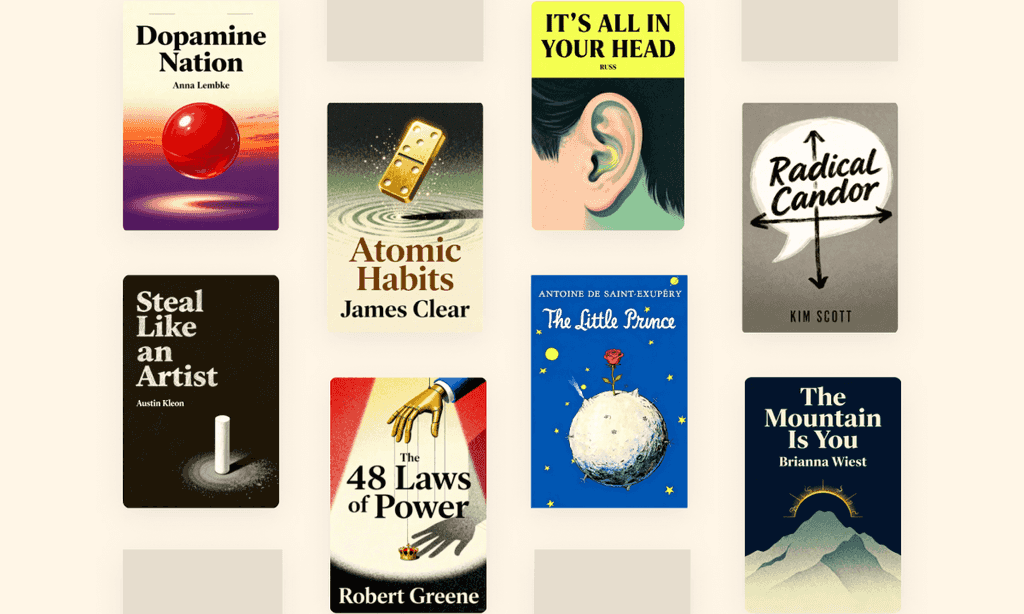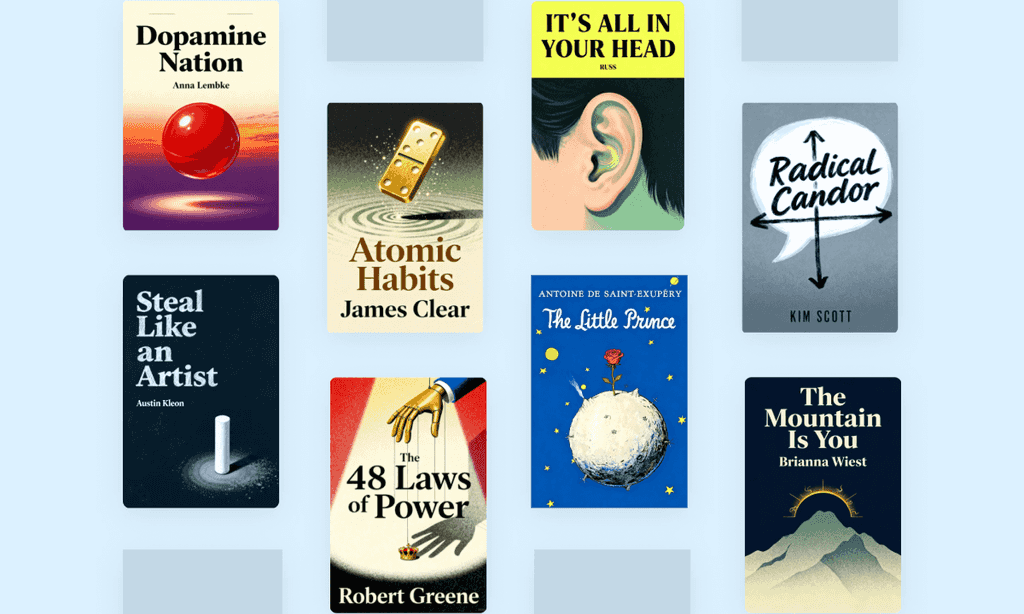The Effective Executive by Peter F. Drucker

Overview of The Effective Executive
Drucker's timeless classic reveals how executives truly succeed - by mastering time, focusing on strengths, and making effective decisions. Still influencing titans like Jeff Bezos after 50+ years, this manifesto answers the question: why do some leaders achieve extraordinary results while working fewer hours?
About its author - Peter F. Drucker
Peter F. Drucker, the Austrian-American management theorist and author of The Effective Executive, is widely regarded as the father of modern management. A pioneering thinker in organizational philosophy, Drucker shaped 20th-century business practices through concepts like decentralization, knowledge worker productivity, and management by objectives.
Born in Vienna in 1909 and educated at the University of Frankfurt, he blended academic rigor with real-world consulting experience for firms like General Motors and IBM.
His 39 books, including the influential The Practice of Management and Innovation and Entrepreneurship, established frameworks for balancing corporate efficiency with employee empowerment. The Effective Executive distills his decades of research into actionable principles for prioritization, decision-making, and executive effectiveness, themes he championed as a professor at Claremont Graduate University.
Translated into over 30 languages and taught in top MBA programs globally, Drucker’s work earned him the Presidential Medal of Freedom in 2002.
Key Takeaways of The Effective Executive
- Focus on contributions that deliver results, not just activity, to maximize organizational impact.
- Build decisions on conceptual understanding, then simplify execution for frontline teams.
- Replace problem-centric thinking with opportunity-driven action to unlock growth and innovation.
- Conduct time investment audits to eliminate low-value tasks and protect strategic priorities.
- Frame decisions by asking “What’s right for the enterprise?” before personal preferences.
- Establish clear boundary conditions for decisions to ensure measurable, actionable outcomes.
- Prioritize two high-impact tasks simultaneously, delegating others to maintain focus.
- Convert decisions into action by naming accountable parties, deadlines, and affected stakeholders.
- Embed feedback loops pre-decision to validate assumptions and reduce implementation risks.
- Run meetings with explicit purpose statements and follow-up accountability checks.
- Ask “Is this necessary?” before decisions to avoid solving self-correcting problems.
- Leverage disagreement as strategic fuel to stress-test ideas and alternatives.


















